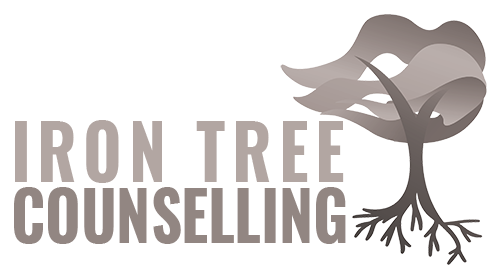What’s The Difference Between An Introvert and Extravert?

Before diving into other posts that start to specify various mental health related phenomena, tips, and strategies related to introvert-specific issues, let’s define what an introvert is.
Introversion and it’s oft-reported ‘opposite’ extraversion describe different sides of a continuous dimension of personality.
First popularized in terms of personality traits by Carl Jung, a pioneering psychiatrist in the early-mid 1900’s, these terms now describe opposing sides of a dimension of personality. Everyone falls on this dimension somewhere along the line (either more introverted, more extroverted, in the middle, or somewhere in between). In fact, it is estimated that between 25% to 40% of people fall on the introverted side of the spectrum- thus although maybe less prevalent than extroverts, there are still plenty of introverts in the crowds around you feeling the same desire to find some quiet time.
There are different ways of testing to determine where on the introversion-extraversion dimension you fall, typically ascertained by completing a questionnaire and through self-reflection. The results are often valid across time, which means that the traits don’t change over the course of your life – it can be helpful to know where you fall on the dimension to be able to explore and hone the strengths that are within your personality style since they are a defining feature of what makes you, you.
Also, this personality dimension, like most psychological phenomena, develop from a combination of biology and social environments. Nature and nurture combine uniquely to create who we are and how we feel, think, and behave in the world.
The following definitions are polarized definitions of criteria typically used to describe someone as more introverted or extraverted:
Introversion:
- Tend to be quieter and more socially-reserved
- Are thoughtful and reflective
- Become tired by too much stimulation in the outside world (i.e., loud environments, big groups of people)
- Prefer calmer and quieter environments
- Re-energize through solitude activities
Extraversion:
- Tend to be more gregarious, open, and social (i.e., social butterflies)
- Are more spontaneous and amenable to quickly changing situations
- Become enlivened by the outside world (i.e., enjoy loud environments, big groups)
- Prefer to be with others than to be alone
- Re-energize through active, engaged, and social activities
Important to note as well is that individuals who are more introverted tend to be referred to as ‘shy’ or ‘anxious’ and this is not always the case. Shyness and anxiety are separate and exclusive concepts that are not necessarily related to introversion. Individuals who identify with extraversion, introversion, and any other ‘version’ can all experience shyness and anxiety – the mental health factors associated with introversion will be more fully explored in future posts.
References
Beebe, J. (2016). Extraversion-Introversion (Jung’s Theory). In: Zeigler-Hill V., Shackelford T. (eds) Encyclopedia of Personality and Individual Differences. Springer, Cham. https://doi-org.proxy.lib.sfu.ca/10.1007/978-3-319-28099-8_1073-1
Cain, S. (2013). Quiet: The power of introverts in a world that can’t stop talking. New York: Broadway Paperbacks.
Matthews, G. (2019). Extraversion-Introversion. Reference Module in Neuroscience and Biobehavioral psychology, Elsevier. DOI: 10.1016/B978-0-12-809324-5.21765-3.




